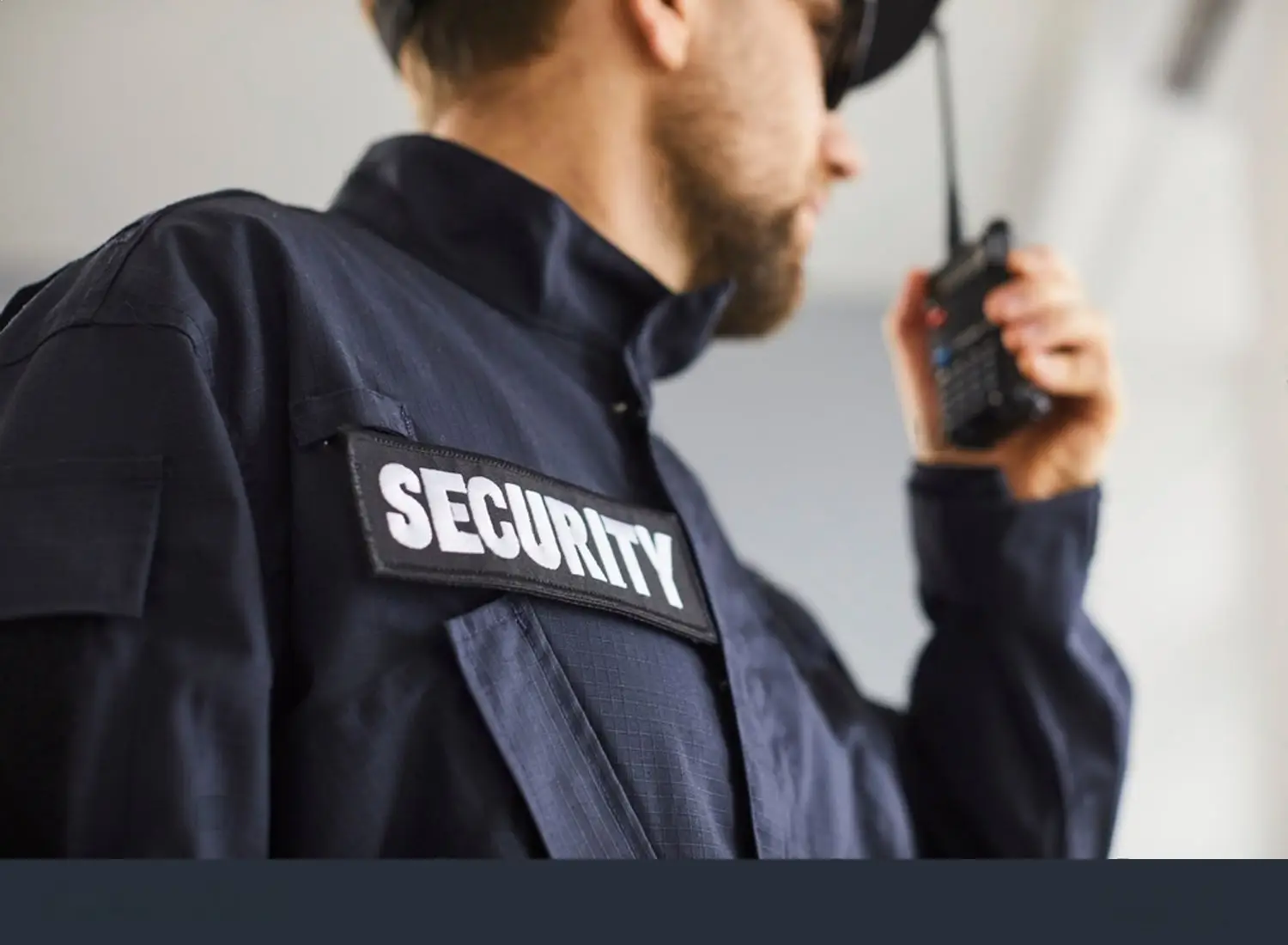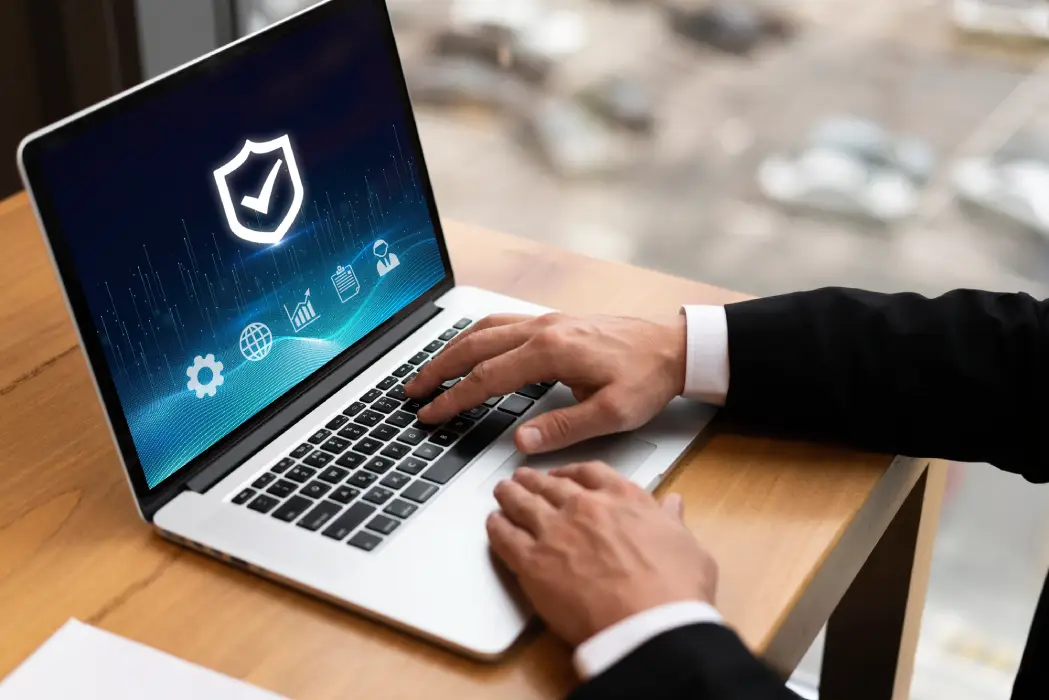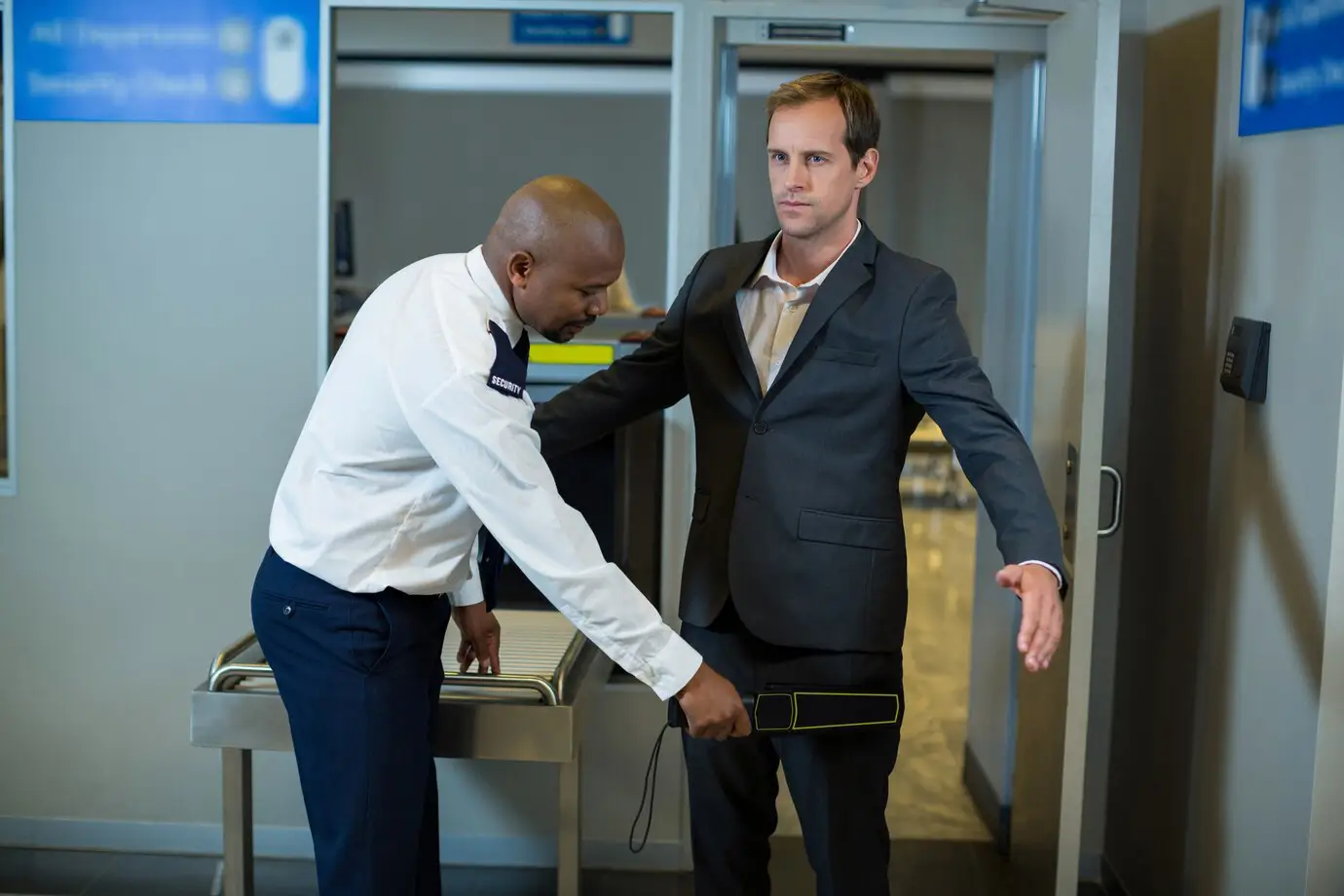
What Happens During an SIA Audit?
By London Security College Is Your Licence Near to Expire? SIA Refresher Training + First
SIA Refresher Training + First Aid– Keep Your Licence Active! Only £199
Key Details of the Incident
The attackers were eventually shot and killed by police officers, but not before they had inflicted significant harm. Nevertheless, the swift response of the Metropolitan Police was crucial in preventing further casualties.
One of the most critical lessons from the London Bridge attack is the importance of vigilance and situational awareness. Security officers must always be alert to unusual behaviours and potential threats. This means:
During an attack, clear and effective communication is vital. Security officers should:
SIA security officers must be well-trained in emergency response procedures. This includes:
Conducting regular drills and planning for various scenarios can help prepare security officers for real-life incidents. These drills should:
Knowledge of common terrorist tactics and methods can help security officers anticipate and mitigate threats. This involves:
The London Bridge attack was a tragic event that underscored the importance of preparedness and effective response in the field of security. Consequently, for SIA security officers, the lessons learned from this incident are invaluable. By maintaining vigilance, ensuring clear communication, undergoing regular training, and staying informed about potential threats, security officers can better protect the public and respond swiftly and effectively in the event of an attack.
Moreover, in a world where the threat of terrorism remains ever-present, the role of security officers is more crucial than ever. Therefore, learning from past incidents like the London Bridge attack ensures we are better prepared to face future challenges and safeguard our communities.

By London Security College Is Your Licence Near to Expire? SIA Refresher Training + First

By London Security College Is Your Licence Near to Expire? SIA Refresher Training + First

By London Security College Is Your Licence Near to Expire? SIA Refresher Training + First

By London Security College Is Your Licence Near to Expire? SIA Refresher Training + First
London| Birmingham| Manchester | Leeds | Glasgow | Sheffield
London Security College is the leading supplier of SIA Licence courses in London. We excel in SIA Courses such as SIA Door Supervisor Course, SIA Top Up Training, SIA CCTV Surveillance Course, First Aid Courses, Traffic Marshal Banksman Course Online, and Forklift Training Course.
“It is impossible for a man to learn what he thinks he already knows”
London Security College
International House,
24 Holborn Viaduct,
London, EC1A 2BN
020 8050 4108
Copyright © LONDON SECURITY COLLEGE is a training and hiring platform

Fill in the form below
2 thoughts on “The London Bridge Attack”
How do regular drills improve security officers’ readiness for emergencies?
Very useful for anyone in security.